For our final project for our Junior year at Freestyle was the Explorations project. For this Project, we were asked to choose a 21st century skill that can be used at Freestyle, research the skill and master it. During the research process we were trusted with managing our own time throughout the whole project. We were also allowed to chose to work in either Film/Web, English, or Design class. I chose to research Sports Photography as my 21st Century skill as sports are a central part of my life. I started off the project by simply researching tips and camera settings from professional sports photographers and then I used that knowledge to take my own sports photos. Then, I created this informational website on sports photography adding the photos that I took as examples and giving beginners simple tips to start taking sports images. In the process of creating this website I used Adobe Dreamweaver and Adobe photoshop to design the website and edit photos.
This year was my first year at Freestyle and looking at the projects throughout this last year I am very proud of the work I was able to accomplish. At the beginning, I had a hard time learning how to use Adobe Dreamweaver, Illustrator, and Photoshop but after the first couple of months I finally started to feel comfortable using all the tools on my own. I am very thankful that I had the opportunity to come to Freestyle because I have learned so much and Freestyle has totally changed my learning experience. After a year of Freestyle, I feel very proud of the work I have created during my first year. I hope you enjoy my website!
Below is a song I created using the software Reason. I used beats generated by the software and a rhythm that I created with the piano keyboard. I also inserted an image of the process of creating the song.
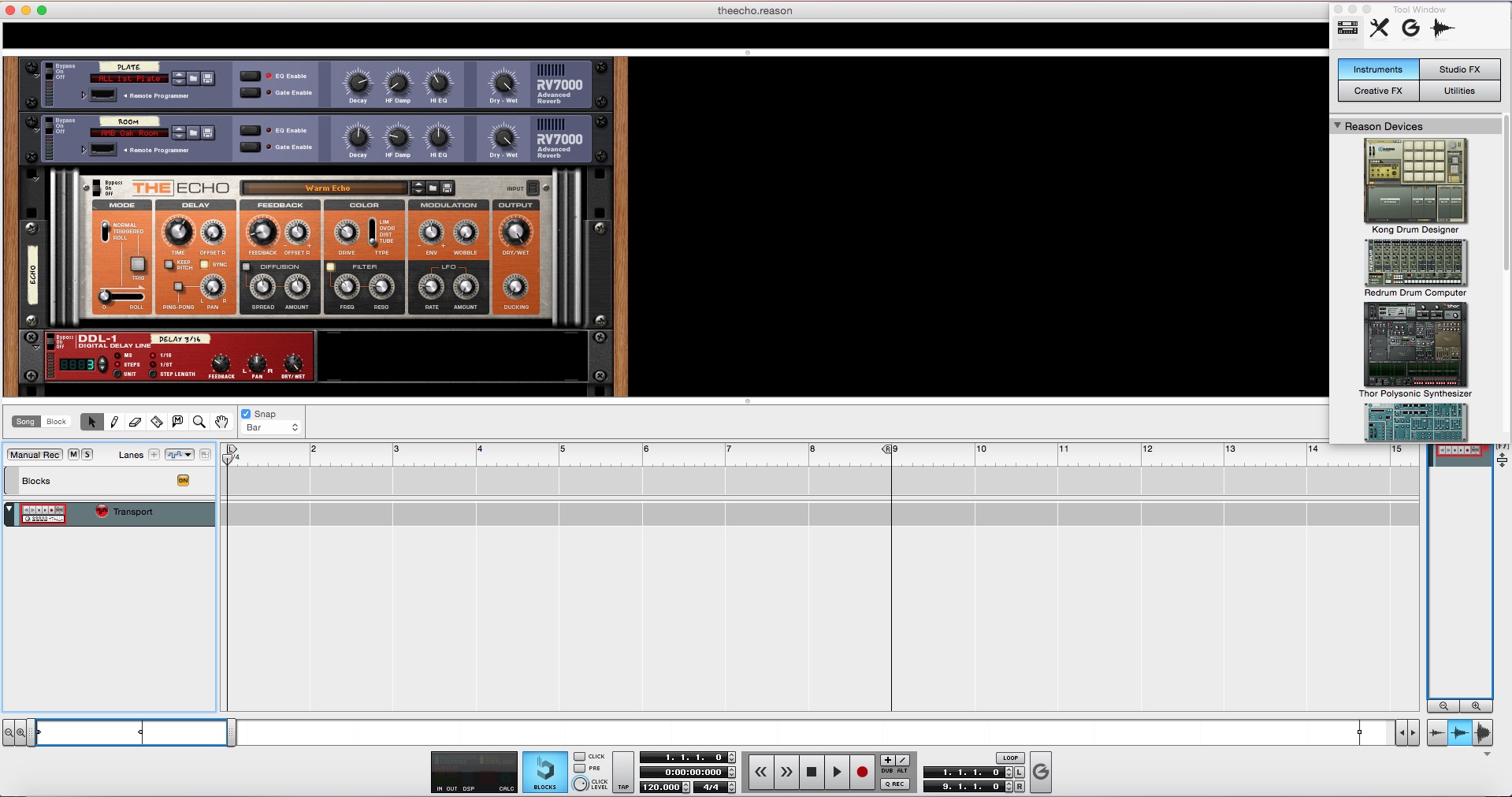
Process:
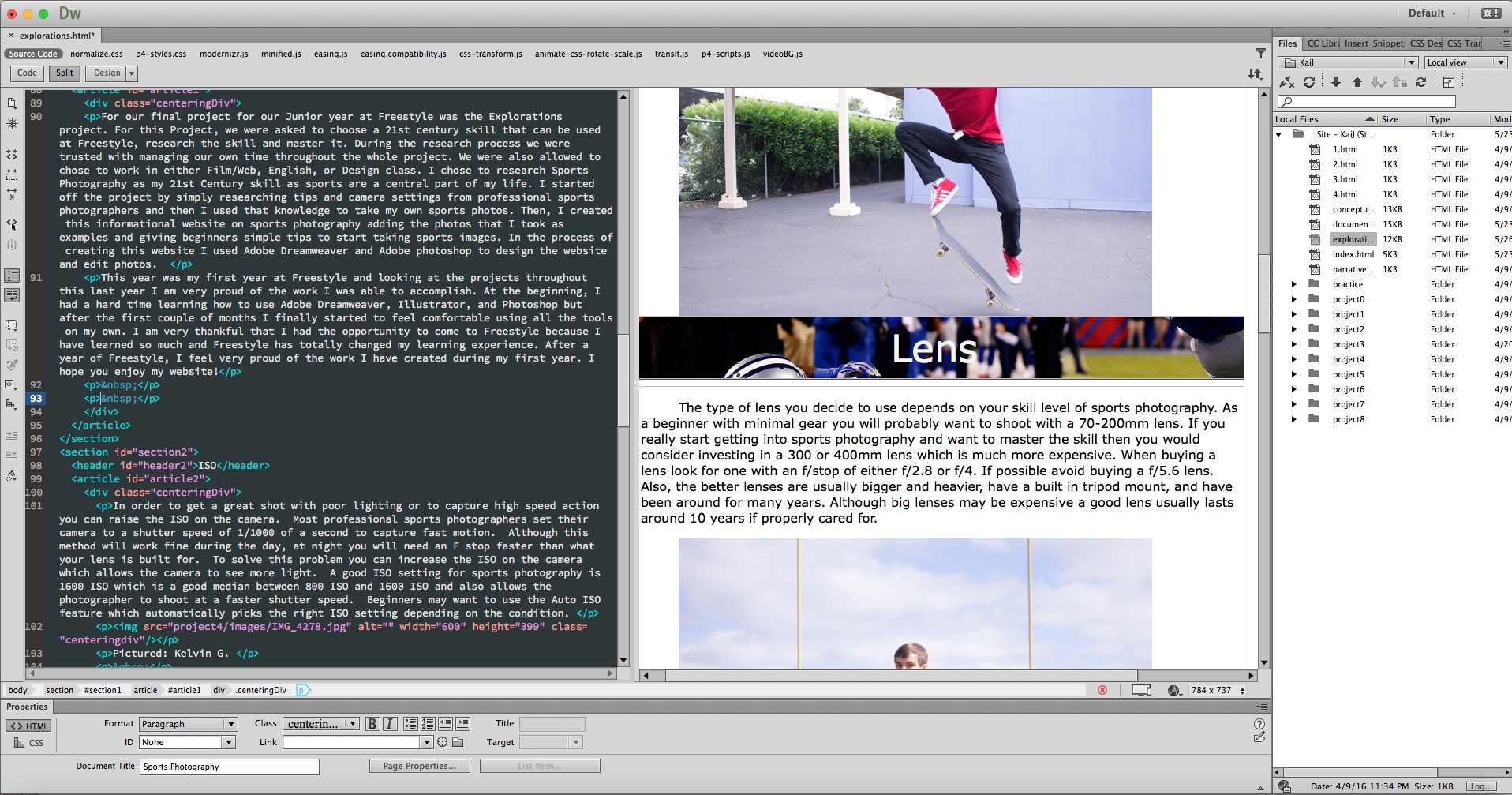
Screenshots of Adobe Photoshop and Dreamweaver
 Taking Photos
Taking Photos

Creating our Infograph
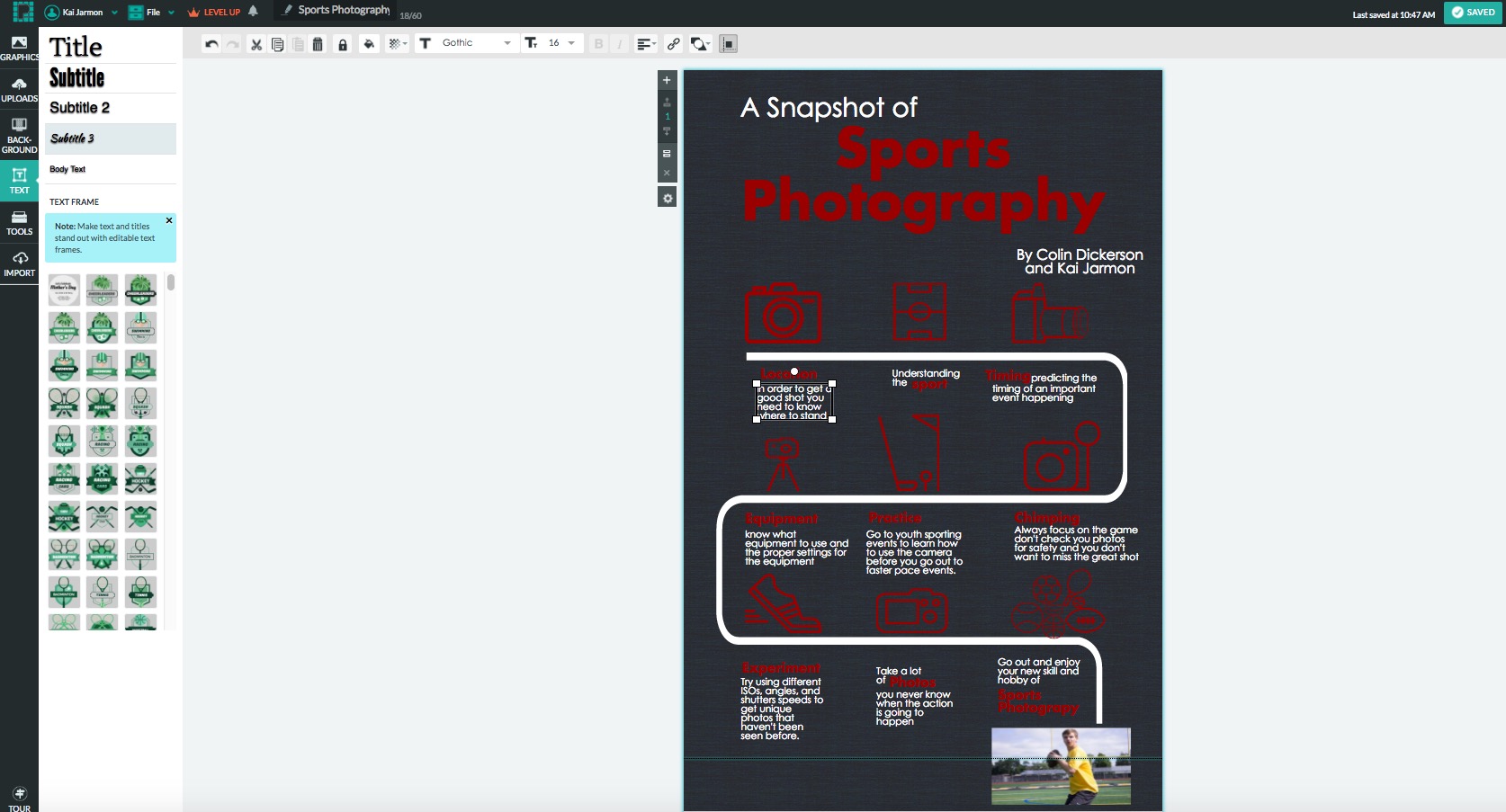
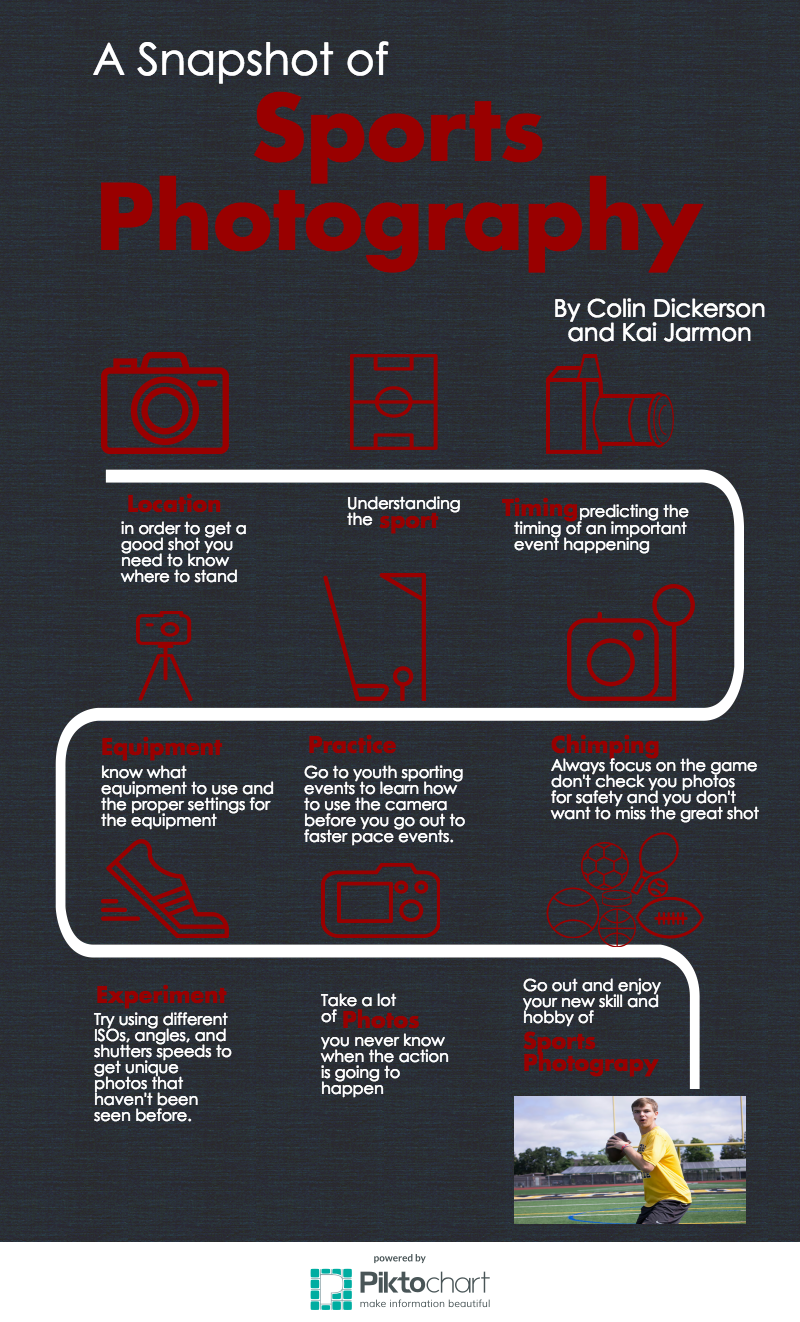

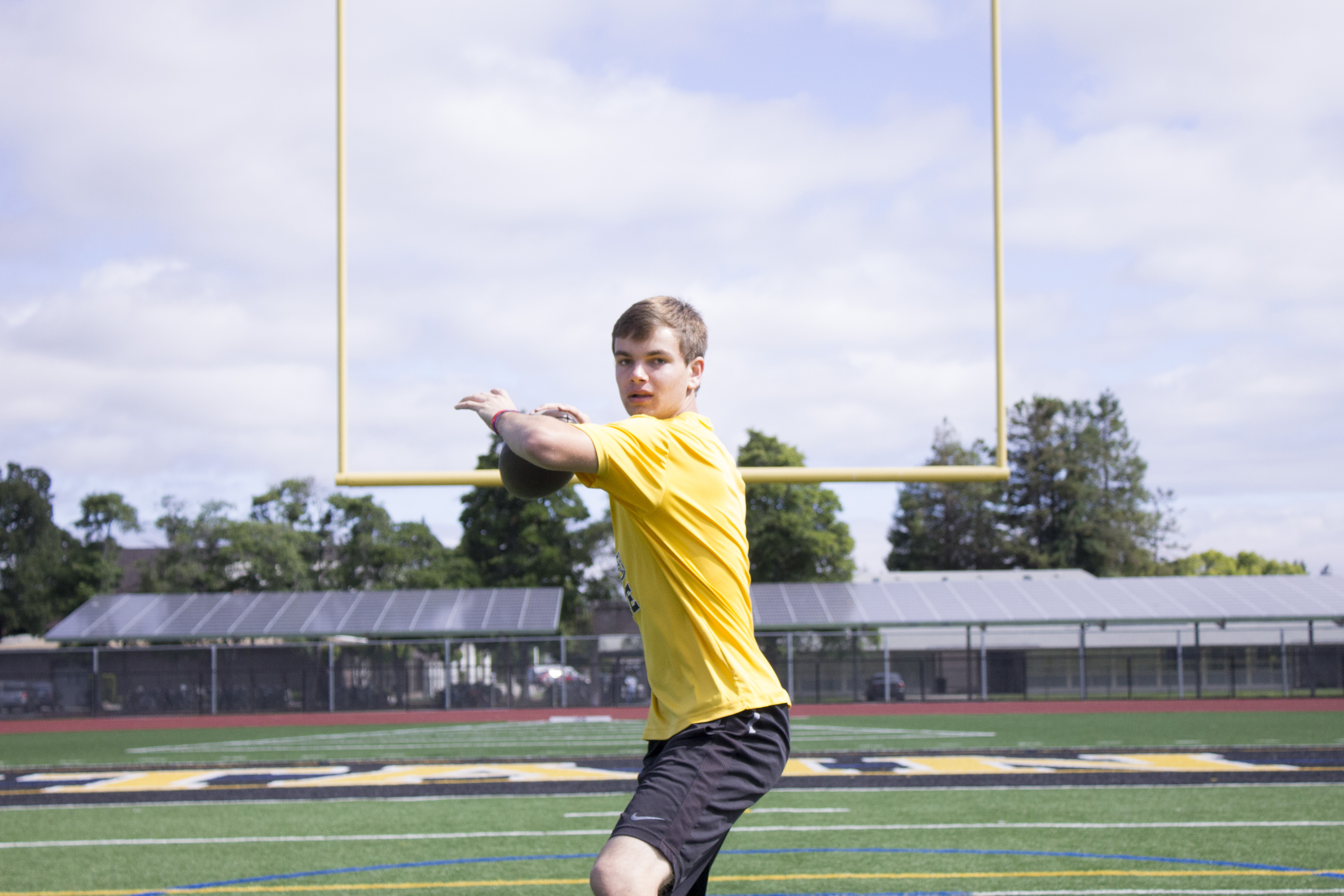



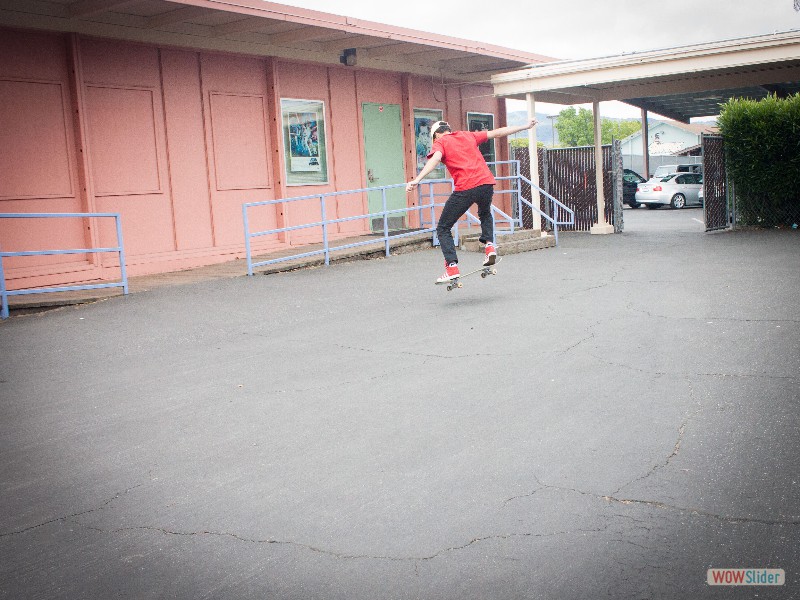
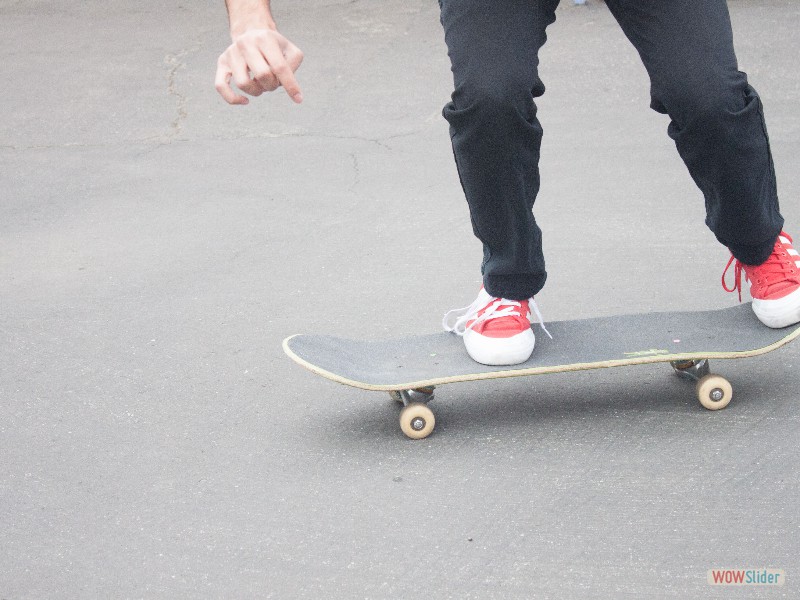
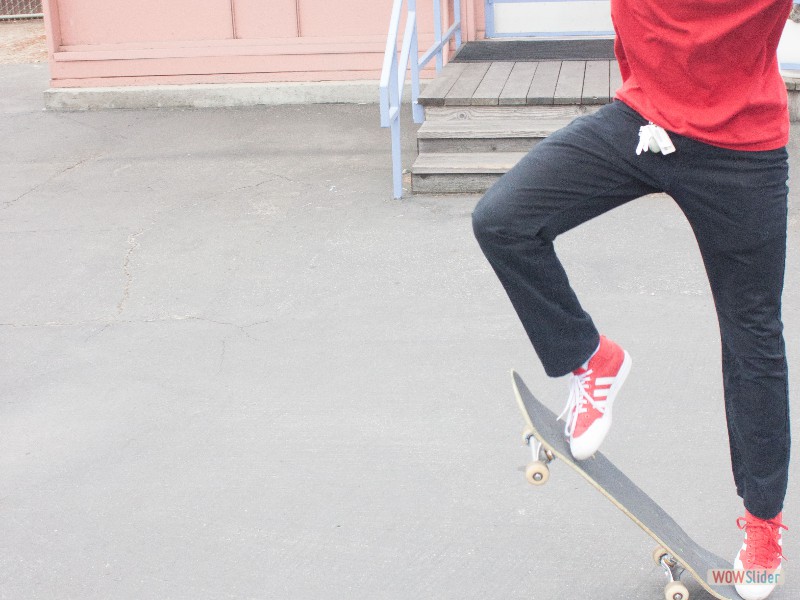
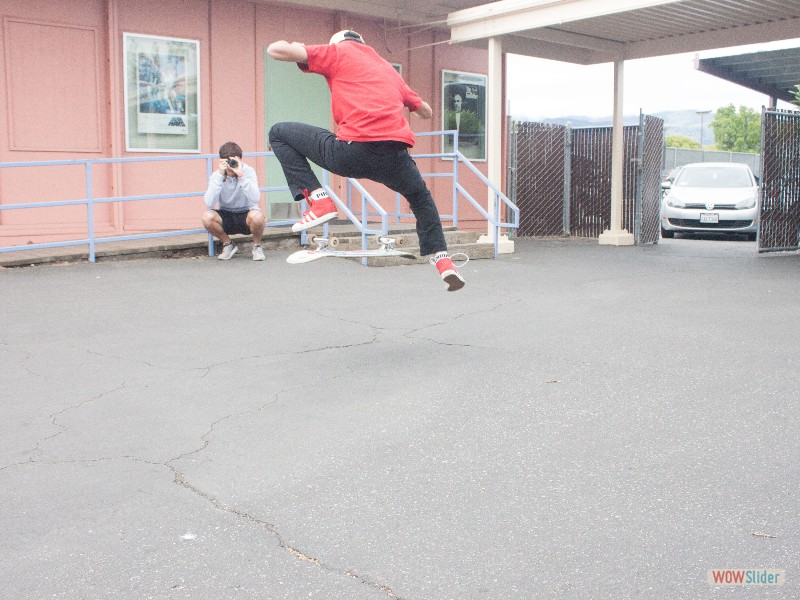
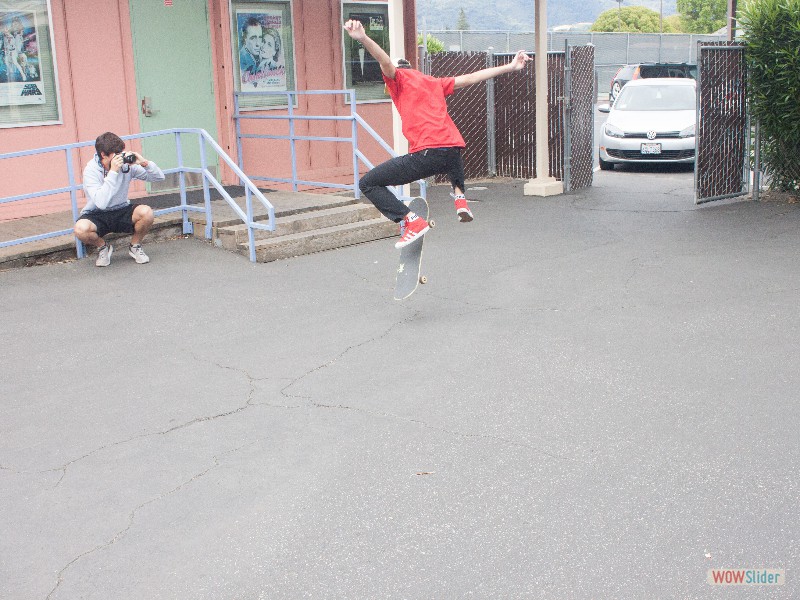

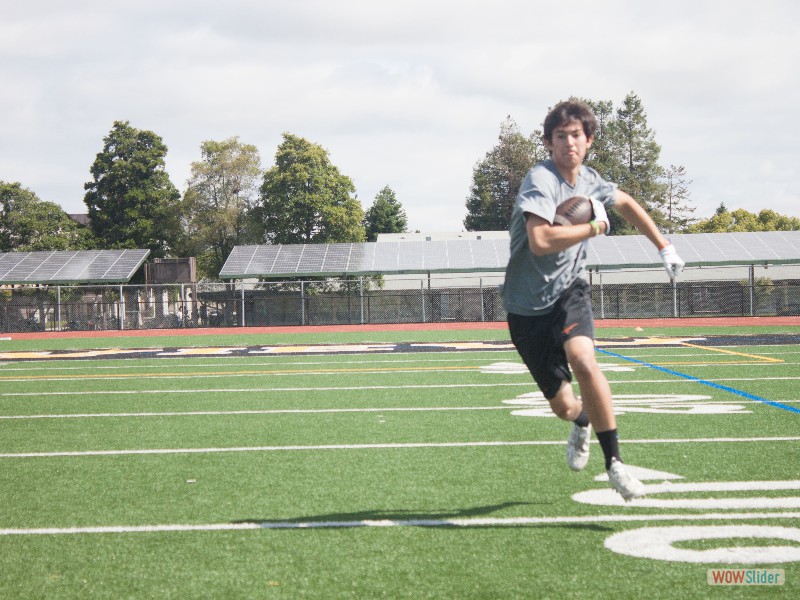
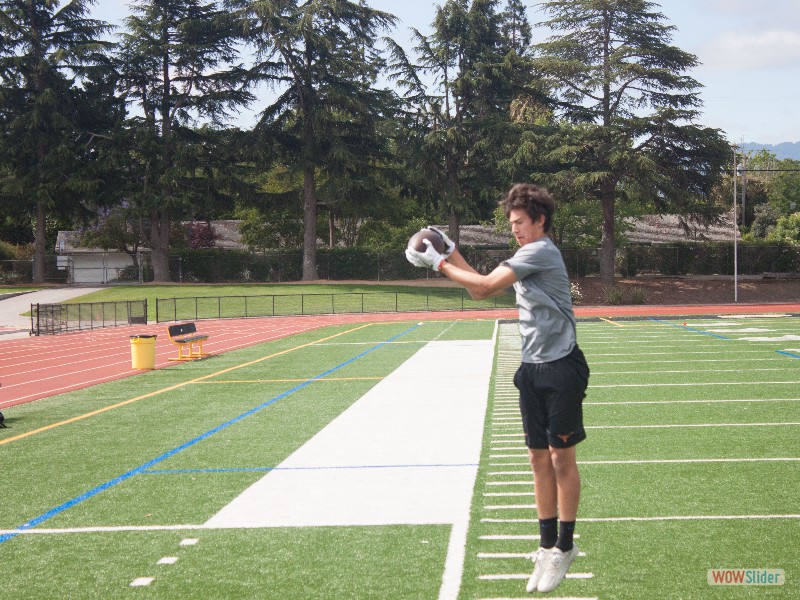
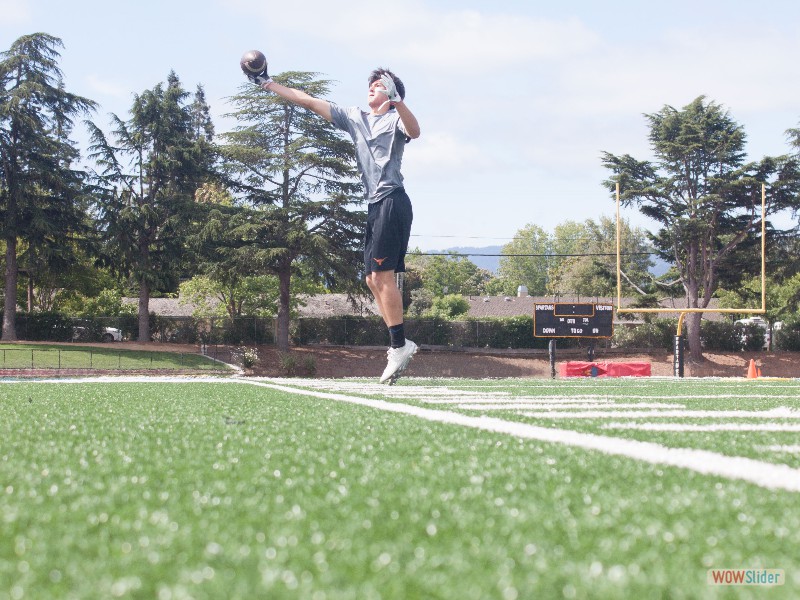
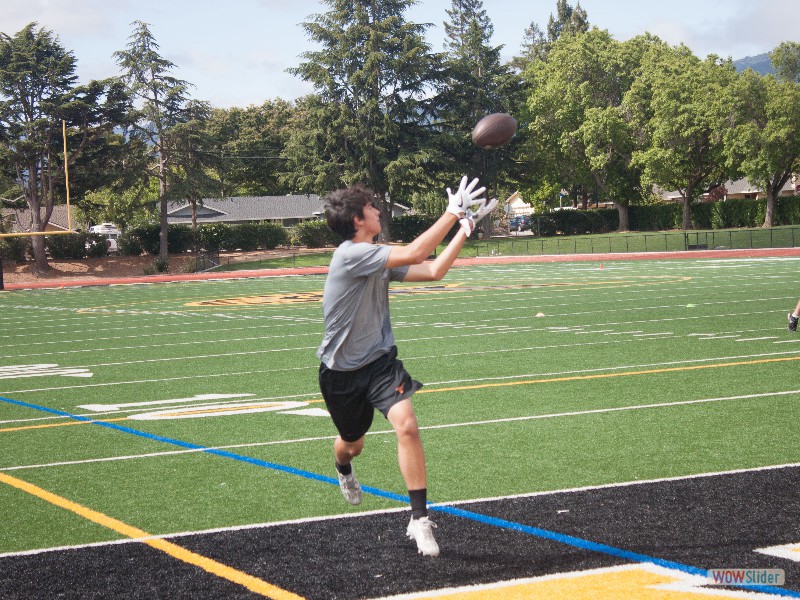
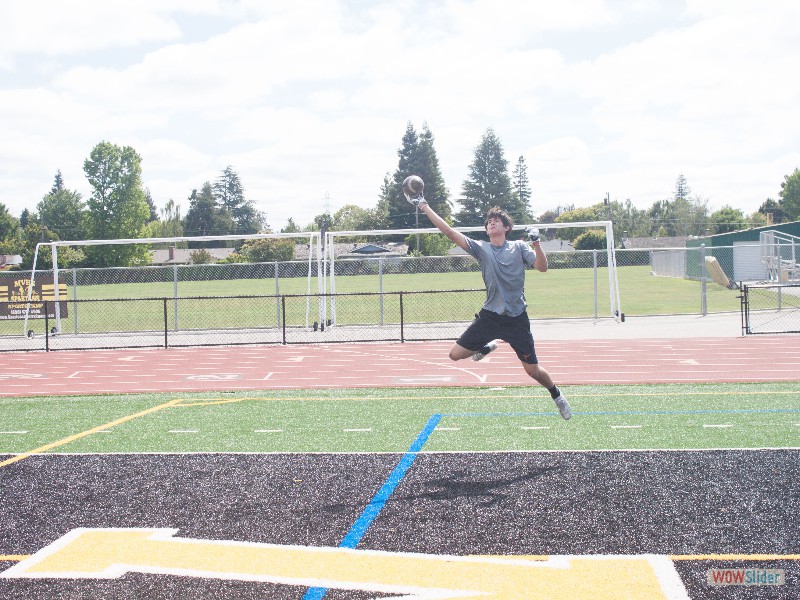
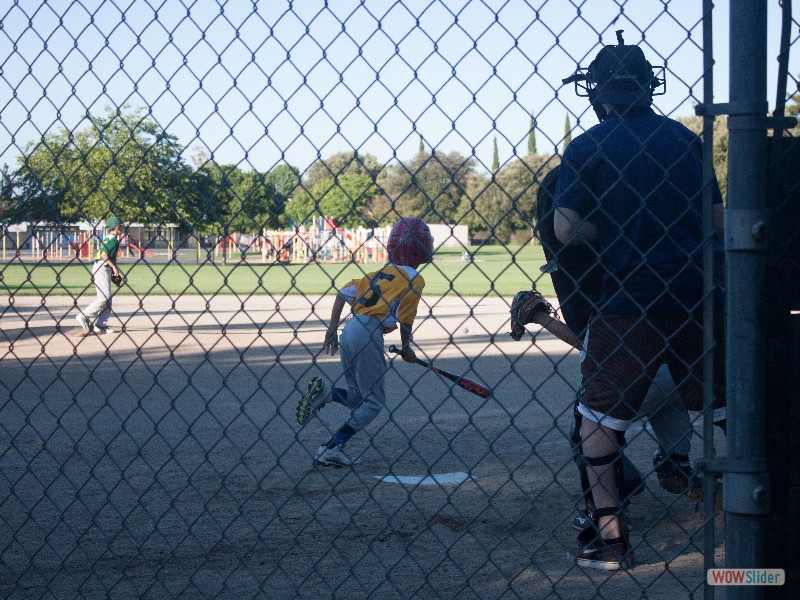

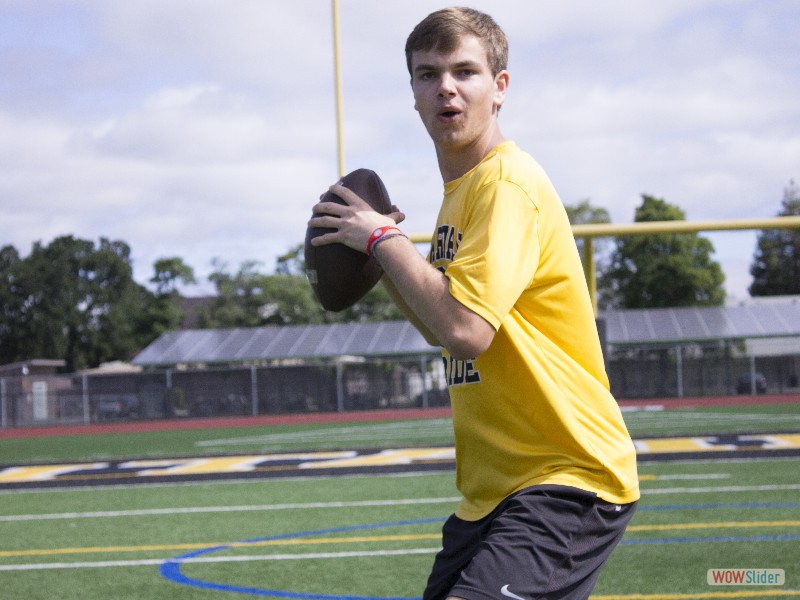
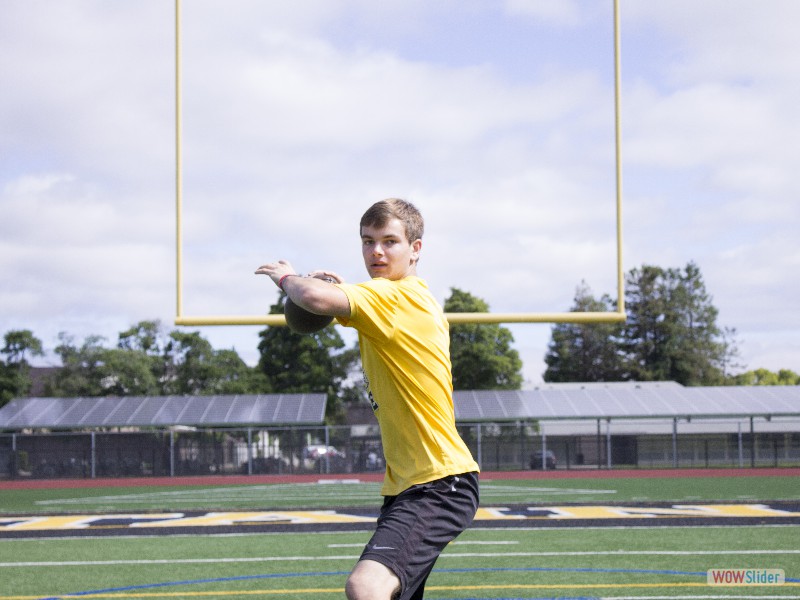
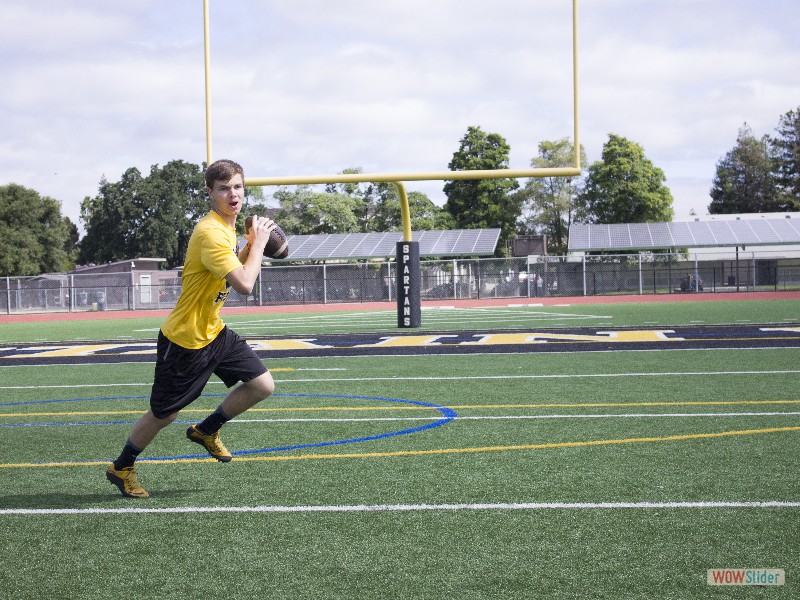
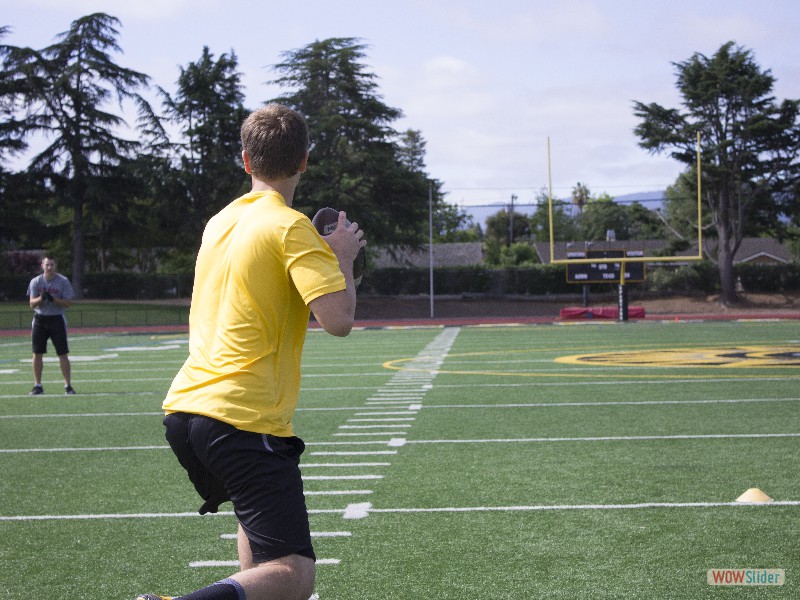
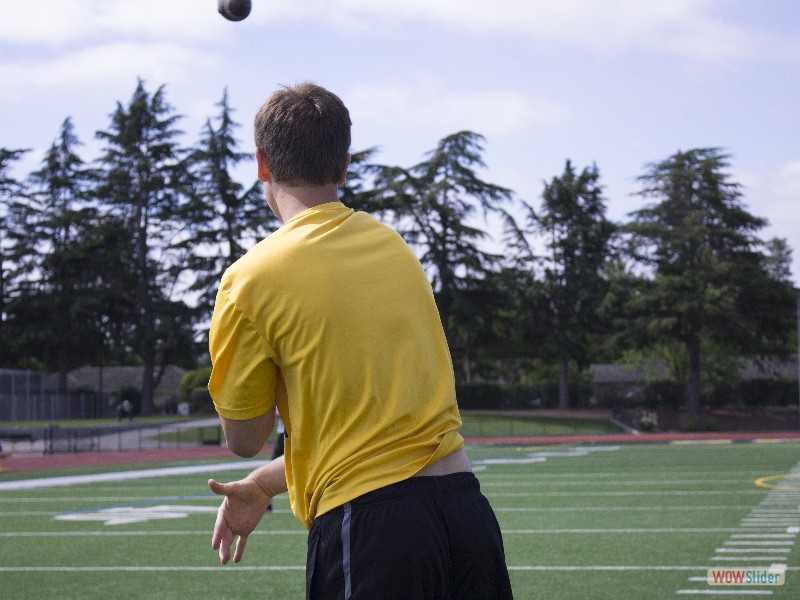
 1
1 2
2 3
3 4
4 5
5 6
6 7
7 8
8 9
9 10
10 11
11 12
12 13
13 14
14 15
15 16
16 17
17 18
18